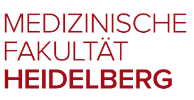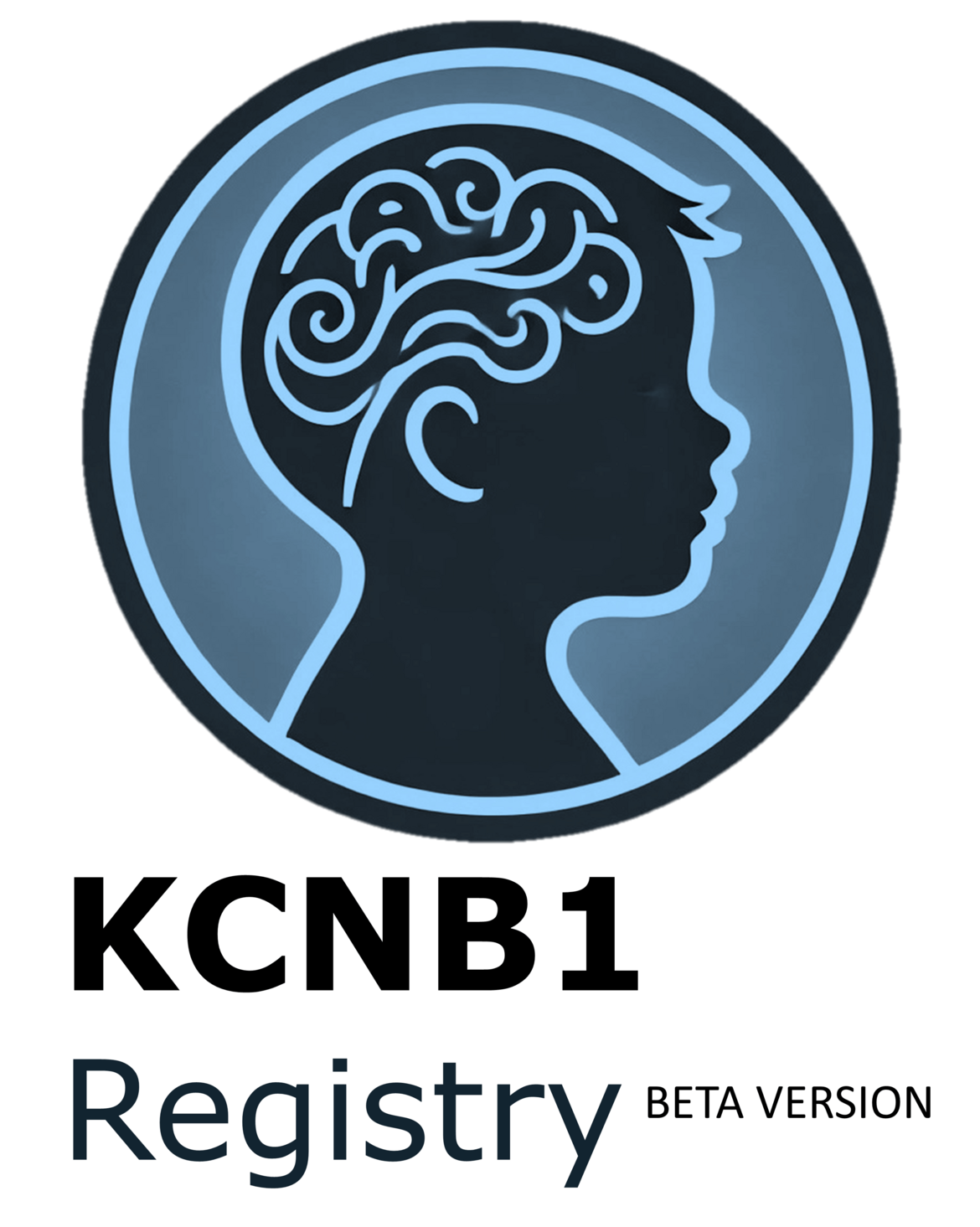WHAT IS KCNB1?
KCNB1 is a rare genetic disorder caused by changes in the KCNB1 gene. This gene encodes a subunit of potassium channels, which play a crucial role in regulating the electrical activity of nerve cells in the brain. The disorder often manifests in early childhood and affects various neurological functions.
Wichtigste Fakten zu KCNB1:
- Symptoms: KCNB1 primarily presents with developmental delay, which often progresses to intellectual disability. Other common symptoms include epilepsy with difficult-to-treat seizures, behavioral abnormalities such as autism spectrum disorders, and movement disorders that can impair motor development.
- Cause: The condition is caused by mutations in the KCNB1-gene. These mutations result in malfunctioning potassium channels, disrupting the transmission of electrical signals in the brain.
- Diagnosis: Diagnosis is confirmed through genetic testing that detects specific disease-causing variations in the KCNB1-gene. The clinical picture - especially the combination of epilepsy, developmental delay, and behavioral issues - can also point to this condition.
- Treatment: There is currently no cure for KCNB1. Treatment focuses on managing seizures, supporting cognitive and motor development, and addressing behavioral challenges. A multidisciplinary approach involving specialized professionals is often necessary to meet the individual needs of affected children.
- Prognosis: Prognosis varies depending on the severity of symptoms and the specific genetic variant. While some individuals make developmental progress, others require lifelong support, particularly for seizure control and behavioral difficulties.
KCNB1 is a complex and challenging disorder that significantly impacts the lives of affected children and their families. However, early diagnosis, a clear understanding of the condition, and comprehensive care can help improve the quality of life for those affected.
WHY DO WE NEED A GERMAN-LANGUAGE KCNB1 REGISTRY?
“Registries and databases are the backbone of modern medicine. They allow us to learn from the experiences of many patients and improve care for everyone.”
Until now, there was no German-language KCNB1 registry. Now, affected German- and English-speaking families have the opportunity to participate in a patient registry. The data is collected in Germany in cooperation with the University of Heidelberg and the University of Leipzig, following the highest security standards.
In addition, the KCNB1 registry is currently being expanded to include multiple languages in order to reach affected families across Europe. Collaboration and scientific exchange with international patient advocacy groups and researchers is a key goal of the project. The database is also intended to facilitate contact with affected individuals for future German and international studies.
CONTACT PERSON:
Study Director:
Prof. Dr. med. Steffen Syrbe
Additional Members of the Registry Team:
Dr. med. Jan Henje Driedger
cand. med. Prisca Wille
cand. med. Kim Marie Thalwitzer
Contact Address:
Center for Pediatric and Adolescent Medicine
Section of Pediatric Epileptology
Epilepsy Diagnostics
Subject: Registry
Im Neuenheimer Feld 430
69120 Heidelberg
CLICK HERE TO PARTICIPATE IN THE KCNB1 REGISTRY
Downloads
- Informationsschreiben für die Studienteilnahme (Deutsch)
- Einwilligungserklärung für die Studienteilnahme (Deutsch)
- Informationsschreiben für die Teilnahme der Familie (Deutsch)
- Einwilligungserklärung für die Familie (Deutsch)
A collaboration with Human Genetics Leipzig
FAQ
WHO CAN PARTICIPATE IN THE KCNB1 REGISTRY?
The KCNB1 registry includes individuals affected by KCNB1 regardless of age, severity, or nationality. The questionnaires are completed by the parents, relatives, or caregivers of individuals with KCNB1. Currently, the questionnaires are available in German and English, but additional languages will be added over time!
HOW OFTEN IS DATA COLLECTED?
The initial data collection takes place via a questionnaire immediately after your registration. Afterwards, you will automatically receive a link to the follow-up questionnaire at yearly intervals.
WHAT HAPPENS TO THE DATA I ENTER?
The personal information you provide in the consent form (enrollment) and the data collected through the questionnaires regarding disease progression, treatments, and quality of life are stored separately. Only the study director can link the personal data with the collected information using a pseudonymization key.
The pseudonymized (i.e., de-identified) data are stored in a database on REDCap (Research Electronic Data Capture). At regular intervals, the registry team analyzes the collected data with the goal of describing the natural course of the disease.
WHAT HAPPENS TO THE DOCUMENTS I UPLOAD?
Examination results (EEG, MRI, molecular genetic diagnostics, etc.) of the study participant can be uploaded directly to the patient registry. These documents are stored separately from the other data. A member of the registry team will then transfer the findings into the database. After this, the documents are deleted.
DO I HAVE TO REMOVE PERSONAL INFORMATION (E.G. NAME, ADDRESS) FROM THE DOCUMENTS I UPLOAD?
All uploaded documents are reviewed by a member of the KCNB1 registry team. The relevant findings are de-identified (pseudonymized) and transferred from the uploaded documents into the study database. The document is then promptly deleted. This ensures that only de-identified (pseudonymized) data remain in the database. So, you do not need to remove personal information from the documents before uploading them!
CAN I MODIFY MY DATA LATER ON?
Using your personal link and a return code, you can modify, delete, or complete your entries at any time. You will receive instructions on how to do this when you click “Save and continue later.”
WHO CAN I CONTACT IF I HAVE QUESTIONS OR DIFFICULTIES?
If you have any difficulties, questions, or comments, you can contact the study director or a member of the KCNB1 registry team at any time.
Email: Epi-Register.Kind@med.uni-heidelberg.de



